
Alcohol and opioid dependence is aterrible state of affairs to be in. Therefore, people who findthemselves in this difficult situation need all the help they can getin order to avoid the life-threatening problems of it.
Taking opioid receptor antagonists isone of the possible ways of countering dependences of the abovementioned types. In fact, Naltrexone is one of the drugs mostcommonly used for these purposes.
Naltrexone – Opioid ReceptorAntagonist
This drug is often found by some of itsbrand names such as Revia or Depade, mostly used in the US for thetreatment of many forms of opioid and alcohol dependencies and allthe problems that can be caused by these.
However, you should not mistake thisdrug for naloxone, being used in cases of drug overdose. Rather,naltraxone is a drug which helps people manage their drug and alcoholdependancies, enabling one a rapid detoxification.
Basically, the drug functions byimpairing the consciousness of the patient, removing the withdrawalsymptoms of alcohol or opiates. This process can be done while thepatient is under general anesthesia, being completely unconscious andrequiring external ventilation. Yet, the procedure can also be donewhile the patient is sedated.
Once the rapid detoxifications iscarried out, the addicted patient needs to take Naltrexone for about12 months, on a daily basis. The drug taken can be provided eitherthrough classic, oral methods, or through an Naltrexone implant whichis placed in the abdominal area, administering the drug whennecessary.
The main flaw of this form ofdependency treatment is the low retention, due to the fact that mostpeople who are dependent on certain substances fail or refuse to takenaltrexone voluntarily. Also, the price of the therapy is consideredquite high, making Naltrexone solution unavailable to many who cannotafford it.
Nevertheless, this form of treatmentholds great promise and is still undergoing a process of evolution.Yet, it is only a short-term form of protection against thewithdrawal symptoms of dependencies. Regular administering isnecessary for going through with the long-term therapy and this canbe motivated and stimulated through a combination of Naltrexone andsome psychosocial forms of therapy.
As far as the reported effectiveness ofthis drug is concerned, 50mg were given to a group of completelymentally stable patients, over a course of 12 weeks, combined withcertain psychotherapeutic methods. A random number of 104alcohol-dependent patients received either a placebo or the actualmedication. Yet, while 51% of improvements were related tonaltrexone, only 23% were due to the placebo effect, bearing witnessof the potential of this form of treatment.
Side-Effects from Naltrexone
In general, Naltrexone is considered tobe a safe drug, even though adequate medical control and observationof the patients' livers may be required during the initial stage oftreatments.
However, even though many peoplesuffered from no side-effects, others have experience some adversereactions to this medication. Thus, anxiety, appetite loss, chills,constipation, ejaculation problems, dizziness, diarrhea, drowsiness,dizziness, negative sensations, headaches, increased energy levels,thirst, nervousness, pain in the muscles, lack of energy, nausea,vomiting and stomach cramps, all are considered to be standardside-effects of this drug, expected to appear. If you happen tonotice any of these after taking Naltrexone, seek medical assistanceand consult with your doctor about the best possible steps you cantake in these situations.
On the other hand, the followingreactions to this medication require immediate medical assistance.These are the appearance of some severe allergic reactions such asrashes, hives, itching, breathing problems, chest tightness, swellingin the mouth, tongue, face or lip area, stomach pain, cramps, darkurine or yellowing of the skin or the eyes. Additionally, alloccurrences of unusual or unexplainable tiredness or fatigue are tobe taken seriously, as well as the onset of suicidal thoughts orbehaviors, since all these can be attributed to Naltrexone, beingsome of the most serious adverse effects of this drug. Finally, ifyou notice white bowel movement or start vomiting without any otherexplanations for this occurrence, react immediately and seek medicalsupport.
Note that this drug can lead to manyother side-effects. Thus, while using it, pay attention to thesymptoms you undergo and make sure you do not ignore any of them,especially some of the above mentioned, serious ones.
But, bear in mind that side-effect ofnaltrexone, according to numerous medical studies, appear in only 2%of all cases. Out of these, about 10% are related to nausea, 7% toheadaches, 4% to dizziness and 2% to anxiety. The adverse effectswere more prominent in subjects exposed to placebo, making Naltrexoneeven safer.
All in all, Naltrexone is a medicationused for treatment of opioid and alcohol dependence. It is agenerally safe drug which was found to be most effective whencombined with certain psychosocial forms of therapy.


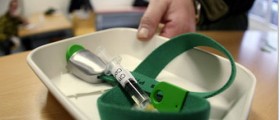

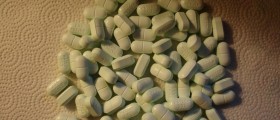

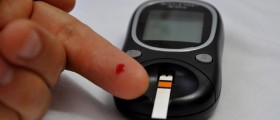

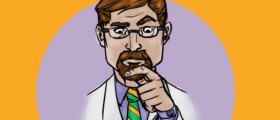
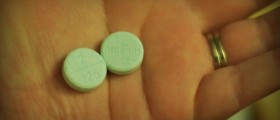

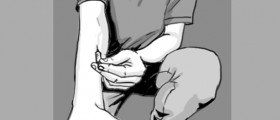

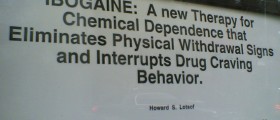
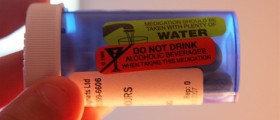


Your thoughts on this
Loading...